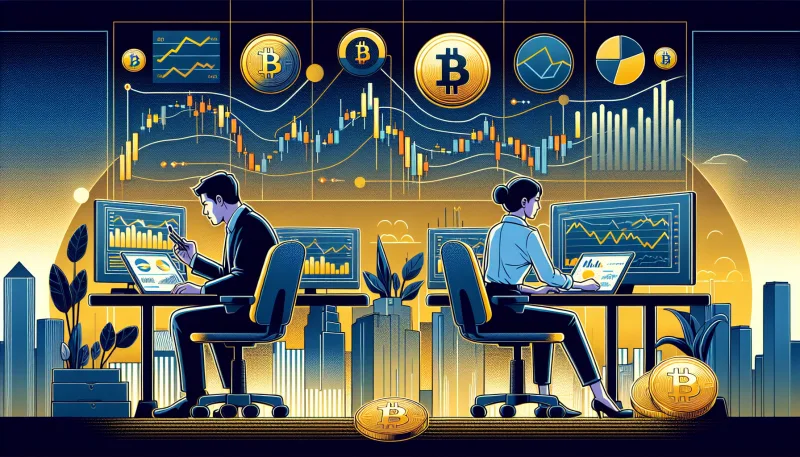
Global flows slowed, but Korea moved first: Bitcoin's volume surged by 22% (as of 2025-09-29T04:01:24.000Z) tied to heightened local demand. It’s the chess move effect—Korea makes it, the world reacts a beat later.
Korea just flashed a bullish divergence—a sign global investors often miss until later. If you’ve traded in Seoul, you know this déjà vu feeling.
🔍 Why is Bitcoin surging in Korea?
The recent surge in Bitcoin trading volume in South Korea can be attributed to several factors unique to the region. Firstly, South Korean investors have shown a historically strong appetite for cryptocurrencies, driven by a combination of tech-savvy consumers and limited domestic investment opportunities compared to Western markets. This demand is particularly evident when global markets are sluggish, as local traders frequently capitalize on the so-called "Kimchi premium"—the price discrepancy between Korean exchanges and international platforms.
This trend matters globally because South Korea serves as an early indicator of potential market movements. When Korean volumes spike, it's often a precursor to broader market trends as international traders react to these shifts.
⚡ How does Korea's crypto activity compare globally?
The divergence in trading volume becomes stark when comparing South Korea's recent activity with global averages. While Bitcoin volumes increased by 22% in Korea, worldwide volumes remained relatively flat over the same period. This highlights an opportunity for global investors who might be missing out on localized trends that could inform their strategies.
Korean exchanges like Upbit and Bithumb are reporting higher engagement rates than major Western platforms, suggesting that South Korean traders are more actively seeking profits during periods of low volatility elsewhere. Could this be signaling a strategic entry point for those watching from abroad?
💡 What is the Kimchi premium telling us now?
The Kimchi premium—a term used to describe the higher price of cryptocurrencies on Korean exchanges compared to others—is currently hovering around 5%. Analogous to spotting early blossoms before spring, this premium suggests heightened local buying interest which could foreshadow upward pressure on global prices.
This metric has historically been an early warning system for significant price movements worldwide. When premiums rise sharply, they often trigger arbitrage opportunities that level out prices across regions but also signal broader sentiment shifts.
🎯 What should your next steps be?
If you're a conservative investor, maintaining awareness of regional metrics like the Kimchi premium could help refine your checklist for strategic entries or exits. For active traders eyeing short-term gains, keeping an eye on KRW turnover share may provide insights into upcoming rallies or corrections.
🚀 Where could this lead tomorrow?
Add KRW turnover share to your watchlist—tomorrow’s move could be the surprise setup you’re looking for. With localized signals leading global trends more frequently than before, missing out might mean overlooking key market cues.
What do you think this means for the market?
